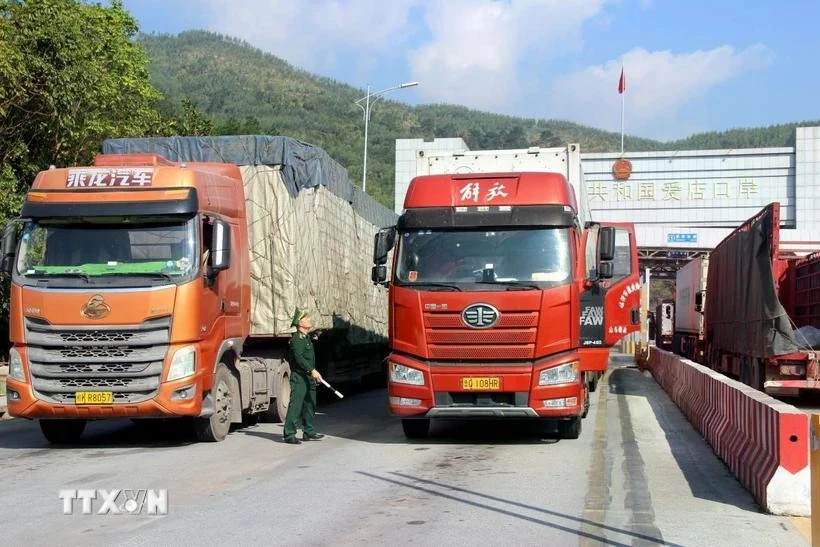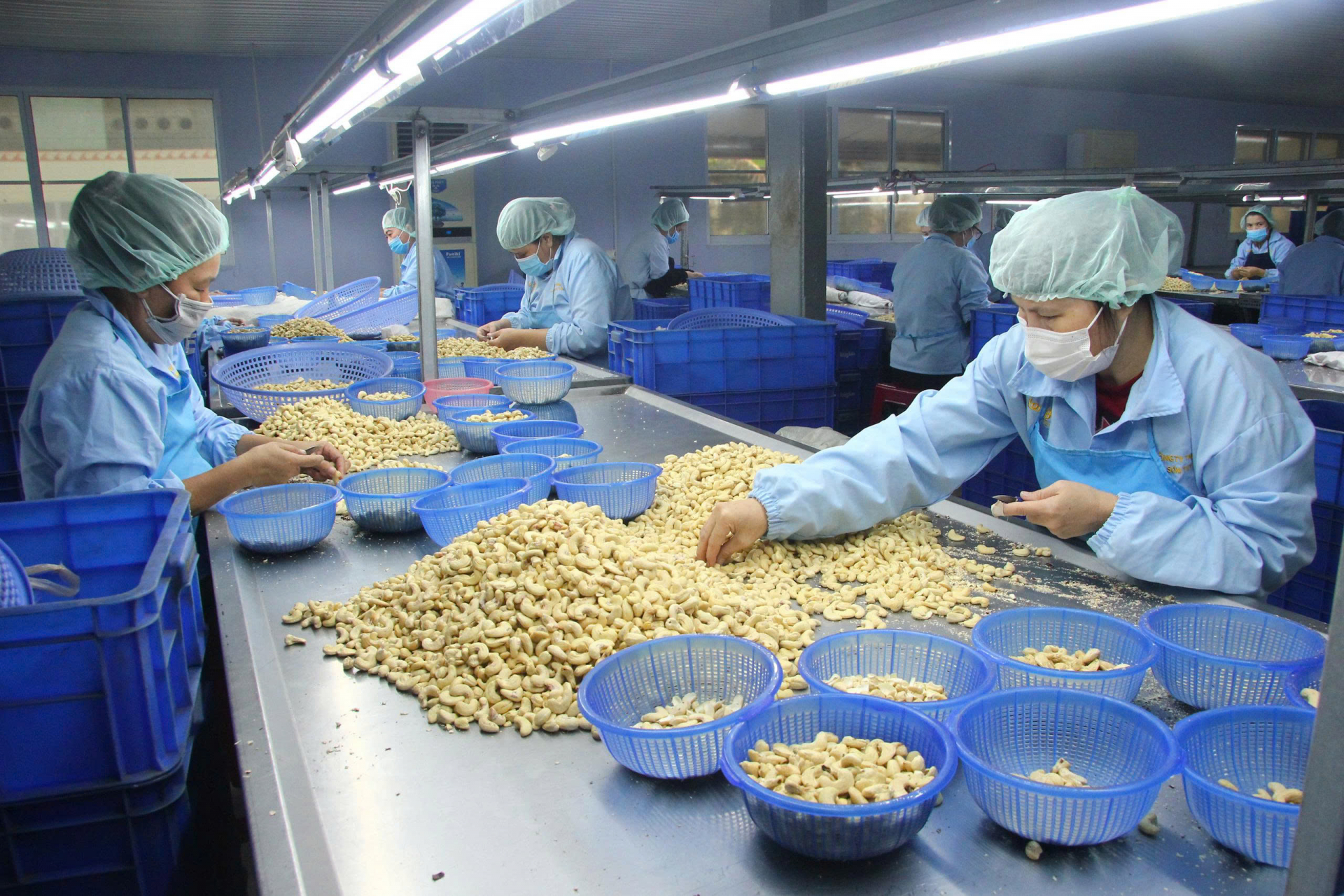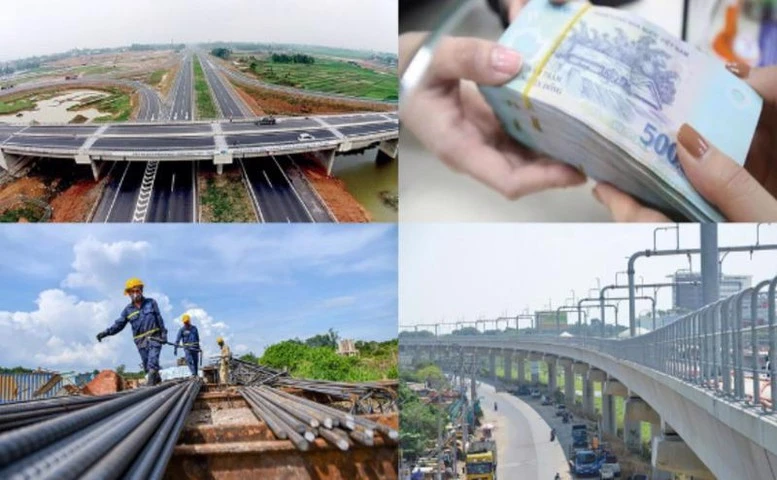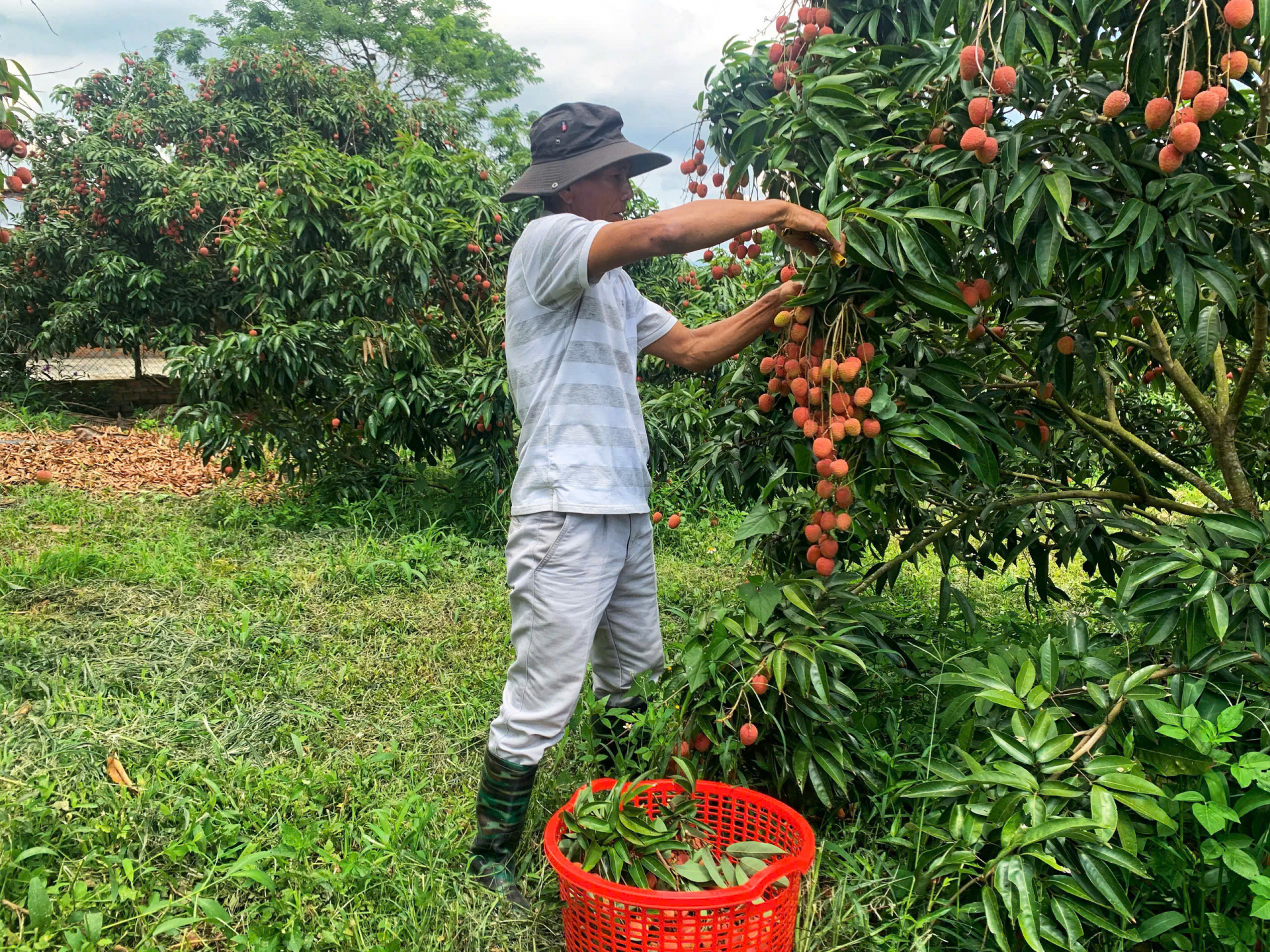Foreign investment in Vietnam reached nearly 18.4 billion USD in the first five months of 2025, a 51% increase year-on-year, according to the Ministry of Finance’s Foreign Investment Agency (FIA).
 |
| A production line of the RoK-invested Unipax Vi Thanh Co in Hau Giang province. Photo: VNA |
Of the total, over 7.02 billion USD came from 1,549 newly licensed foreign-invested projects. While this reflected a 13.2% drop in value, it marked a 14% increase in the number of new projects.
Meanwhile, 672 capital-added projects contributed an additional 8.51 billion USD, up 28% in volume and more than 3.4 times the value of the same period last year.
In addition, foreign investors conducted 1,358 capital contribution and share purchase transactions, a 6.6% rise year-on-year, with the total value soaring to over 2.85 billion USD – 1.8 times the figure of the previous year.
Disbursed foreign investment also saw a positive trend, reaching approximately 8.9 billion USD, up 7.9% from the same period in 2024.
During the first five months, the manufacturing and processing sector continued to dominate, attracting 10.39 billion USD – 56.5% of total registered capital and up 32% year-on-year. The real estate sector came in second with 4.99 billion USD, accounting for 27.1% of the total and more than doubling compared to the same period last year. Science and technology drew 1.02 billion USD, followed by the wholesale and retail sector with over 596.8 million USD.
In terms of investing countries and territories, Singapore led with over 4.38 billion USD, making up 23.8% of total foreign investment and increasing 30.1% year-on-year. The Republic of Korea ranked second with more than 2.93 billion USD – nearly 16 % of the total and 2.47 times last year's figure.
Foreign capital was distributed across 52 provinces and cities. Hanoi led with more than 3.2 billion USD in registered investment, representing 17.6% of the national total and nearly 2.8 times last year's value. Bac Ninh followed with 2.7 billion USD (14.8%), and Ho Chi Minh City came third with 2.58 billion USD (14.1%), both seeing more than 2.5-fold increases.
As of May 31, Vietnam had 43,346 valid foreign-invested projects with a total registered capital of 517.14 billion USD. Disbursed capital reached nearly 331.46 billion USD, equivalent to 64.6% of total committed investment.
According to the FIA, foreign investment flows into Vietnam continue to grow steadily despite ongoing fluctuations in the global economy.
It added that the increase in newly registered projects, capital adjustments and share purchase transactions reflects strong investor confidence in the Vietnamese market. This confidence is demonstrated not only through new investments but also in the expansion of existing operations.
Challenges remain
Experts noted that the surge in foreign investment is a highly positive indicator, particularly given that the foreign-invested sector contributed approximately 20.5 billion USD to Vietnam’s state budget in 2024 and accounted for about 74% of the nation’s total export turnover.
These figures underscore the vital role foreign investment plays in driving Vietnam’s economic growth, which the Government has set a target of 8% for this year.
Experts highlight that foreign investment contributes to GDP growth through three main channels: increasing capital accumulation, facilitating technology transfer and enhancing management efficiency and production organisation.
They also cited studies as saying that foreign investment positively influences exports, not only in volume but also in product structure. Major foreign investment attracting sectors such as electronics, computers and components, garments and footwear remain the backbone of the country’s export performance.
Vietnam’s reform-oriented policies, its commitment to global economic integration, and its open-door stance have made it an increasingly attractive destination for foreign investors. However, experts also pointed to existing shortcomings in the country’s ability to attract and effectively utilise foreign investment.
Vietnam suffered a loss in net benefits from foreign investment, as most of the profits were repatriated by investors while the transfer of technology and management skills remained limited, Nguyen Mai, Chairman of the Vietnam's Association of Foreign Invested Enterprises (VAFIE) told thoibaonganhang.vn.Other experts also cited the weak links between the foreign-invested sector and domestic enterprises as a major challenge. They said local firms failed to participate deeply in the supply chains of foreign corporations, resulting in limited spillover effects from foreign investment into the broader economy.
In this context - coupled with rapidly evolving technologies and increasing environmental protection demands - the need for a strategic shift in attracting foreign investment has become more urgent.
Adding to this perspective, Nguyen Van Toan, Vice Chairman of VAFIE, told the online newspaper that the strategic focus in the future will be to attract high-tech, environmentally friendly foreign investment projects with strong technology transfer potential.







